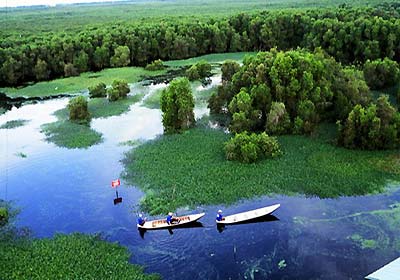
U Minh is a vast land with tangled system of channels. Its area is approximately 2,000 km2. It locates at the position whose back leans again southwest, face is directed toward Thai Lan Bay. U Minh Forest stretches from Ong Doc (Ông Đốc) river, Ca Mau (Cà Mau) province to Cai Lon (Cái Lớn) river, Kien Giang (Kiên Giang) province. Trem Trem (Trèm Trẹm) river and Cai tau (Cái Tàu) river divide U Minh into 02 approximate parts that are U Minh Thuong (U Minh Thượng) in the North and U Minh Ha (U Minh Hạ) in the South. The nature here is wild and grandiose. Just the name "U Minh" also refers to something immense, very far, very deep. Writer Son Nam (Sơn Nam), who wrote in the work "Civilization of hick", explained the name "U Minh" like "Before the year 1945, it was called as U Minh, afterwards the word "rừng" added. U Minh means dark and cloudy maybe due to its grass is too thick and dense, water is flooded, its land is low, so in the old days it was called as Lang Bien (Láng Biển), Lang U Minh (Láng U Minh)".
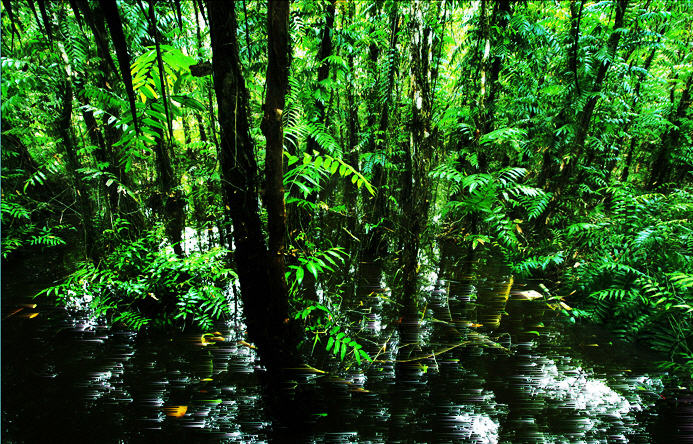
Tourists can come to U Minh by waterway or by land, however the most convenient way is going by motor-boats from Ca Mau along Cai Tau river and Trem Trem river or from Rach Gia (Rạch Giá) along the seashore. Formerly, U Minh is a wild forest with a lot of mosquitoes and fierce animals. Nowadays, its landscape changes more and more, people penetrate the forest and a lot of villages rise up along channels and rivers.

Referring to U Minh, at first we must mention in cajuput forest. This is the kind of homogeneous forest with trees having their height from 10 to 20m. Seeing from a distance, whole U Minh is covered with the green of cajuput leaves and the blue of the sky. Sometimes it exposes a vacant space like a "gate of town" made by a channel coming from the forest to outside. Cajuput forest is different from mangrove forest about structure. The background of mangrove forest is the vacant marsh without plants because plants cannot grow here. On the contrary, on the background of cajuput forest, many kinds of plants can grow. The most plants are Mop (Móp) plant and Choai (Choại) plant. Every year, cajuput forest supplies hundreds of tons of Choai strings, which is a kind of creeper soaking in water, has durability and resistance like rattan. People use Choai strings to twist fish traps very well or use in make arts and crafts very beautiful and firm. In cajuput forest, there is Mop plant, which is also called as Cork. The root of Mop plant is very slight and spongy, so it can be used to make lifebelts, fishing floats, caps very popularly.

In summer, cajuput forest blooms all, attractive honey-bees from other places to come to suck nectar. U Minh people have the experience in preparing a place for bees to make them nest. Each nest can produce some liters of honey in a flower season and each person who has experience in watching the nest can take hundreds of liters of good honey after the season of cajuput flower. The honey of U Minh has the special flavor of cajuput flower. This kind of honey has yellow color and transparent, its color is constant and unmetamorphosed if being stored for many years. Therefore, every year, U Minh cajuput forest supplies over 50 tons of honey.
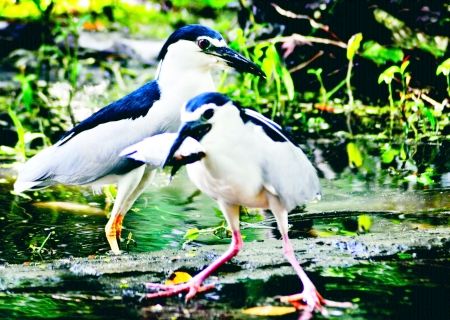
U Minh forest is also a "sea of fish". Fish lives in reservoirs, channels. In flooding season, fish swims following water to enter the forest for parturition. When the water goes down, fish stays with the forest. The most kinds that are loc (lóc) fish, catfish, anabas, sac (sặc) fish ... It can be said that fish living in U Minh forest is multitudinous. Fresh fish caught too many to eat, people dry them or salt them to eat all year round.
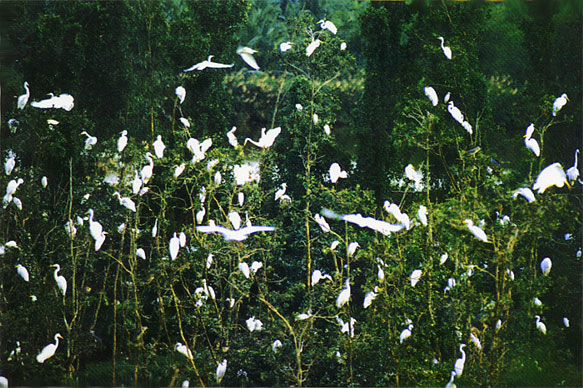
U Minh forest is also famous as a large yard of birds in our country. Going anywhere, you can hear birds' voices fluttering in vaults of green leaves. In afternoons, flocks of birds fly tightly in the sky. When the night comes, the forest looks quieter. However, some kinds of birds call their flocks to go eating. Many kinds of big birds like gooses make big branches of tree bent under pressure. There is one kind of bird called "Giang-sen", which weighs 5 or 7 kilograms. That is mentioned in as a bulky bird whose beak is as big as our wrist. Many kinds of storks, dien dien (điên điển), cong coc (cồng cộc), teals, frogs, ravens, sea eagles, etc. gather into groups here for laying eggs, giving birth. These make relationship of birds increase ceaselessly. Poisonous snakes are incalculable, so this place has a lot of people specializing in catching snakes and expert on compounding medicine treating the injuries because of being bit by poisonous snakes.
U Minh forest is a rich land, which is hidden with a lot of marvelous potentialities. Now, it is still waiting for being developed and preserved reasonably in order that this place can become the invaluable resources in the South Pole of Vietnam.
Source: vietnamtourism.com.vn

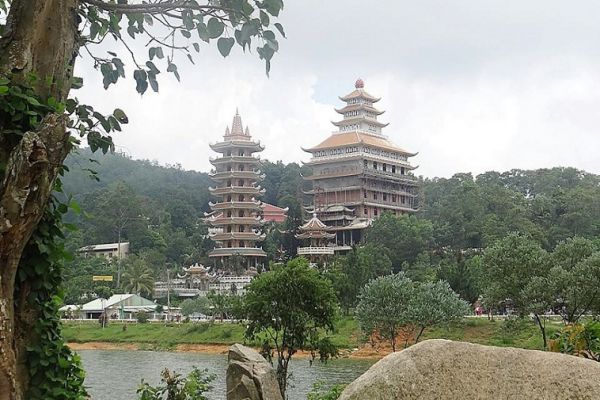
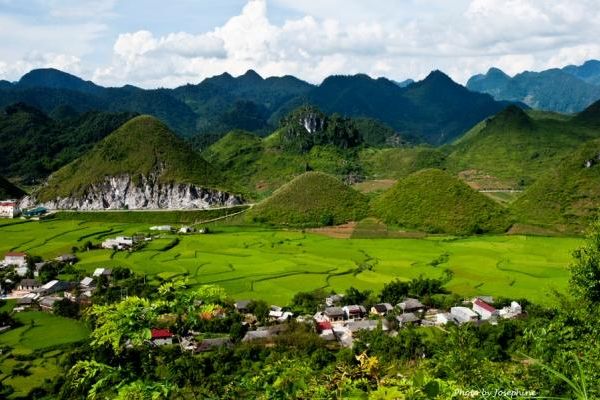

 Tags:
Tags: 